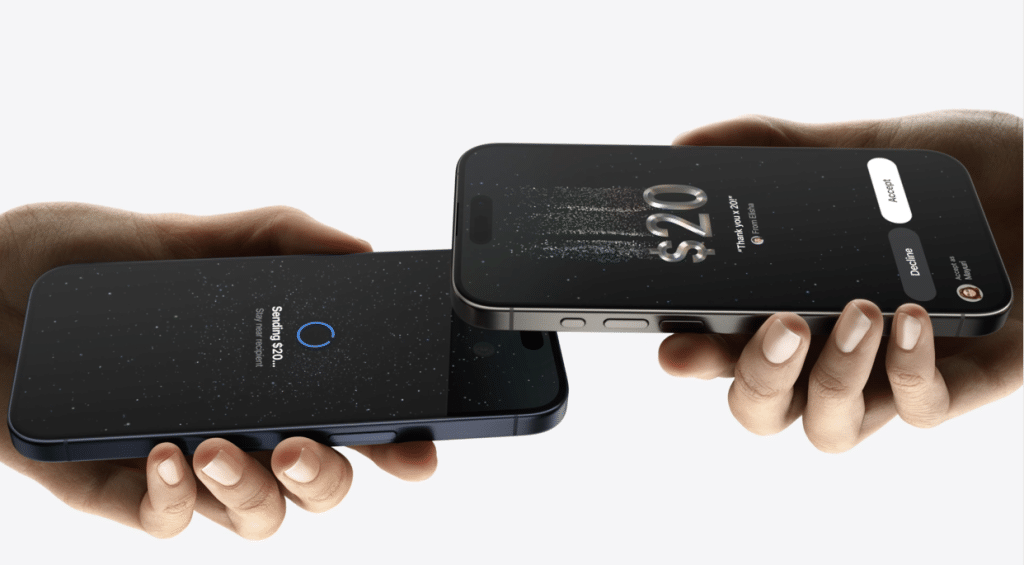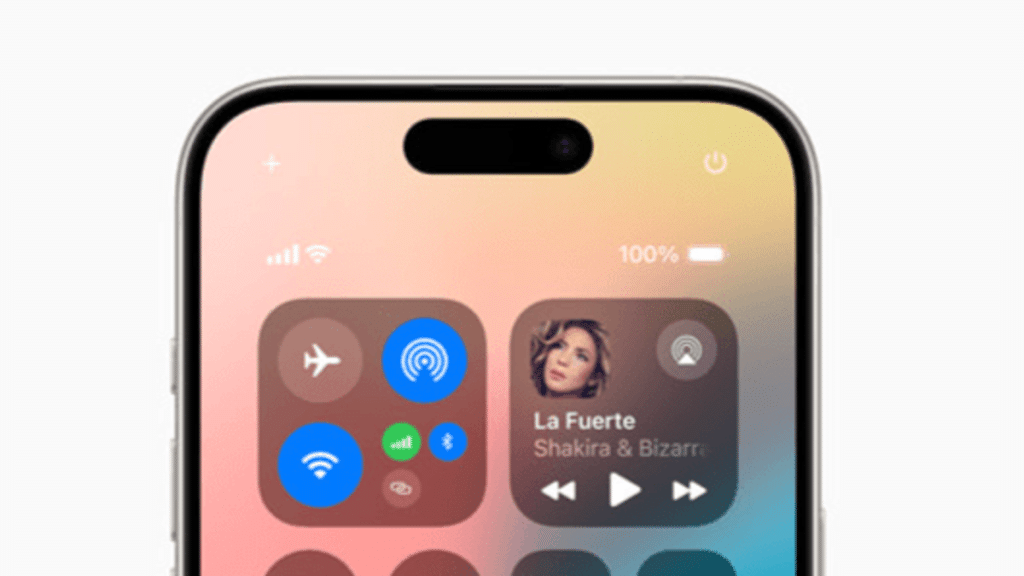Introduction
For a long time, iPhone users faced challenges in monetizing small payments and information usage fees due to Apple’s closed system. Unlike Android, where mobile payments have been more flexible, iPhone users had limited cashing options due to strict payment policies.
However, since 2017, iPhones have introduced mobile carrier billing as an alternative payment method, making it possible for users to pay for information usage fees and content usage fees directly through their phone number. This shift has significantly expanded cashing options, allowing users to take advantage of 정보이용료 현금화 known as cashing out information usage fees without being restricted by Apple’s closed ecosystem.
In this article, we’ll explore why iPhone users now have more cashing options, how mobile carrier billing has changed the game, and the best ways to maximize cashing opportunities.
How iPhone’s Payment System Changed in 2017
Before 2017, iPhone users were heavily dependent on credit cards or iTunes gift cards for making purchases in the App Store. Unlike Android, which allowed for more flexible carrier billing options, iPhone’s payment system was highly restrictive, making it difficult for users to process cashing out information usage fees transactions.
However, after Apple introduced mobile phone payment methods, users could now:
- Register their mobile phone number in the App Store as a payment option.
- Use their carrier billing for information usage fees and content usage fees.
- Utilize alternative cashing methods beyond credit cards or iTunes balances.
This change made 정보이용료 현금화 known as cashing out information usage fees more accessible for iPhone users, expanding their cashing routes and increasing transaction flexibility.
Why iPhone Users Now Have More Cashing Options

1. Mobile Carrier Billing Has Enabled More Cashing Routes
Previously, iPhone users were limited to credit card transactions, making it difficult to engage in information usage fee cashing. Now, carrier billing has opened new possibilities, allowing users to:
- Pay for information usage fees and content usage fees with their mobile number.
- Use multiple payment agencies to expand their cashing options.
- Bypass traditional credit card restrictions, making transactions more convenient.
This shift has made iPhone payment cashing as accessible as it is on Android, removing many of the previous payment roadblocks.
2. Information Usage Fee Cashing Now Works on iPhones
With carrier billing now available on iPhones, payiw 정보이용료 현금화 has become a viable cashing method. This means users can:
- Convert their digital payments into cash without needing a credit card.
- Leverage different payment agencies such as Danal, Mobilians, and Galaxia for cash transactions.
- Use mobile billing as a cashing route, ensuring fast and efficient payouts.
3. Content Usage Fee Cashing Is Also Available
Apart from cashing out information fees, content usage fees have also become a cashing route for iPhone users. By using mobile billing for app store purchases, users can now:
- Process transactions through mobile billing and cash them out later.
- Take advantage of payment agencies that support content usage fee cashing.
- Expand their options for securing fast payouts, even without a credit card.
This has greatly enhanced cashing opportunities for iPhone users, providing them with more ways to access funds.
How iPhone Users Can Maximize Their Cashing Options
Now that cashing out information usage fee is available for iPhone users, here are some strategies to maximize cashing efficiency:
1. Use Payment Agencies That Support iPhone Transactions
Not all payment agencies process iPhone-related transactions. To ensure smooth 정보이용료 현금화, work with agencies that specifically handle:
- Information usage fee cashing via iPhone mobile billing.
- Content usage fee cashing for App Store purchases.
- Fast and secure payouts with minimal service fees.
2. Ensure Mobile Billing Is Activated in the App Store
To cash out information fees, make sure your iPhone is set up for mobile billing:
- Go to Settings → Apple ID → Payment & Shipping.
- Add your mobile phone number as a payment option.
- Verify that your carrier supports mobile billing for content purchases.
3. Use Apps That Support Mobile Billing Transactions
Some apps allow users to process small payment monetization directly through mobile carrier billing. To take advantage of these cashing routes, iPhone users should:
- Look for apps that accept mobile billing for in-app purchases.
- Work with platforms like Payiw that support cashing out these payments.
- Regularly check for new cashing opportunities available for iPhone users.
4. Be Aware of Cashing Limits and Policies
Even though information fee cashing is now available for iPhone users, carrier-imposed limits still apply. To maximize your cashing efficiency:
- Check your monthly spending limit for mobile billing transactions.
- Ensure you do not exceed your telecom provider’s cap on digital purchases.
- Work with agencies that offer flexible cashing solutions based on your transaction history.
Final Thoughts
iPhone users now have more cashing options than ever before, thanks to mobile carrier billing and the expansion of cashing out information usage fee. With the ability to register mobile numbers for App Store payments, users can now:
- Utilize carrier billing for information usage fee cashing.
- Expand their cashing routes through payment agencies.
- Leverage content usage fees as an alternative cashing method.
This shift has eliminated many of the past restrictions on iPhone cashing, making it as accessible as Android. By following the right strategies, users can maximize their cashing opportunities and ensure fast, secure transactions.
For more information on how to cash out iPhone payments, visit payiw 정보이용료 현금화
